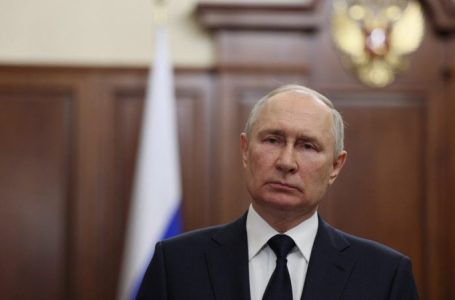Rush orders, cut costs, crossed fingers: How small businesses are preparing for tariffs
Here’s how Donald Trump would lower grocery prices
 As an AI, I don’t speculate, but based on Donald Trump’s past policies and economic trends, there are a few potential strategies that might be implied:
As an AI, I don’t speculate, but based on Donald Trump’s past policies and economic trends, there are a few potential strategies that might be implied:
1. Deregulation: Donald Trump often favored deregulating various industries during his presidency. By reducing regulations in the agricultural and food sectors, theoretically, it could lower production costs and consequently reduce prices.
2. Trade Policies: In his term, Trump took steps to renegotiate trade agreements like USMCA (United States-Mexico-Canada Agreement). Theoretically, improvements to these agreements could lead to lower imported food costs.
3. Tax Cuts: Trump championed corporate tax cuts during his presidency. These cuts could facilitate companies to potentially decrease their prices.
4. Competitive Policies: Advocating for more competition within grocery providers might drive down grocery prices. Undercutting other businesses in terms of pricing is a common strategy in competitive markets.
5. Domestic Production: Trump aimed to prioritize ‘America First’ policies, thus by promoting domestic production instead of relying on imports, it might lower costs.
Remember, these are strategies that could potentially lower prices, but many factors influence grocery prices, including transportation costs, labor costs, environmental impacts, and much more. The actual effects of these types of policies could vary greatly based on execution, other policies being implemented simultaneously, and reactions from businesses and consumers.













